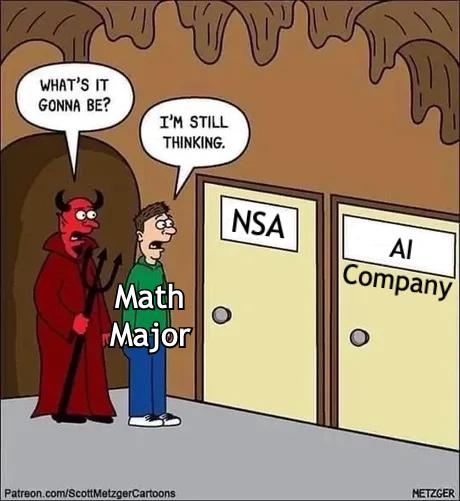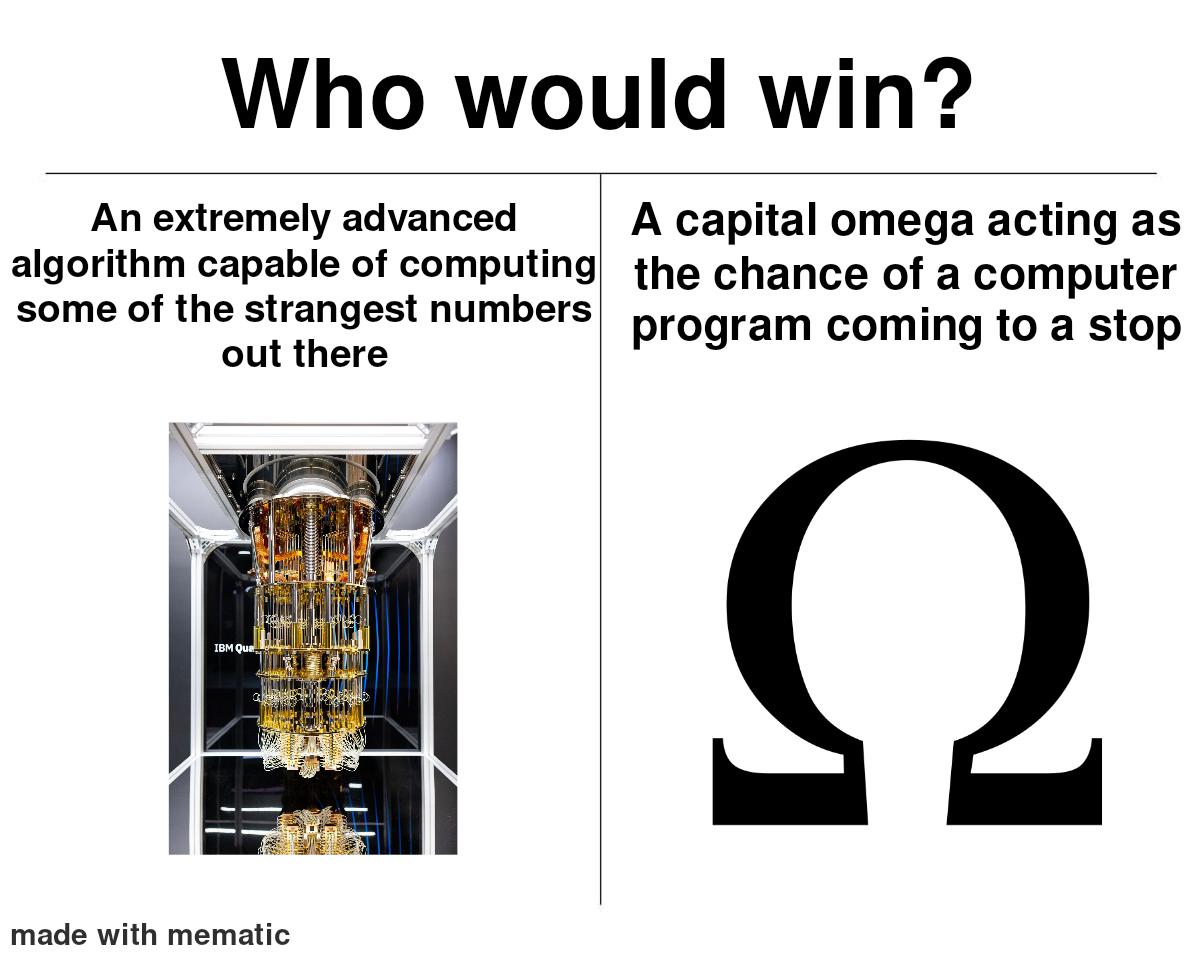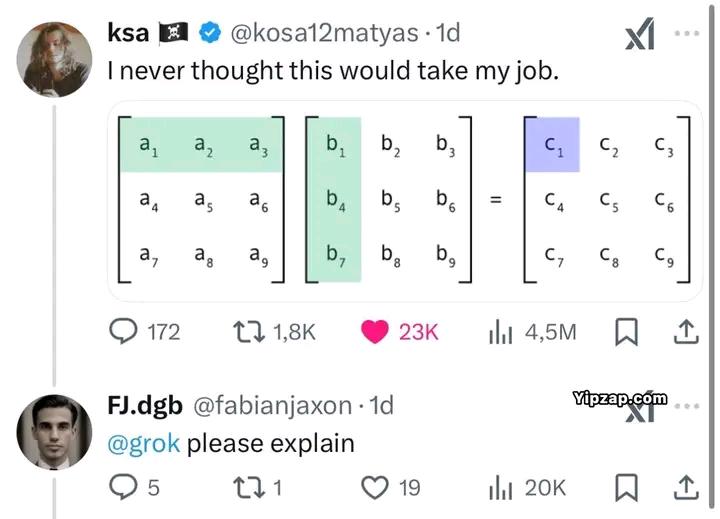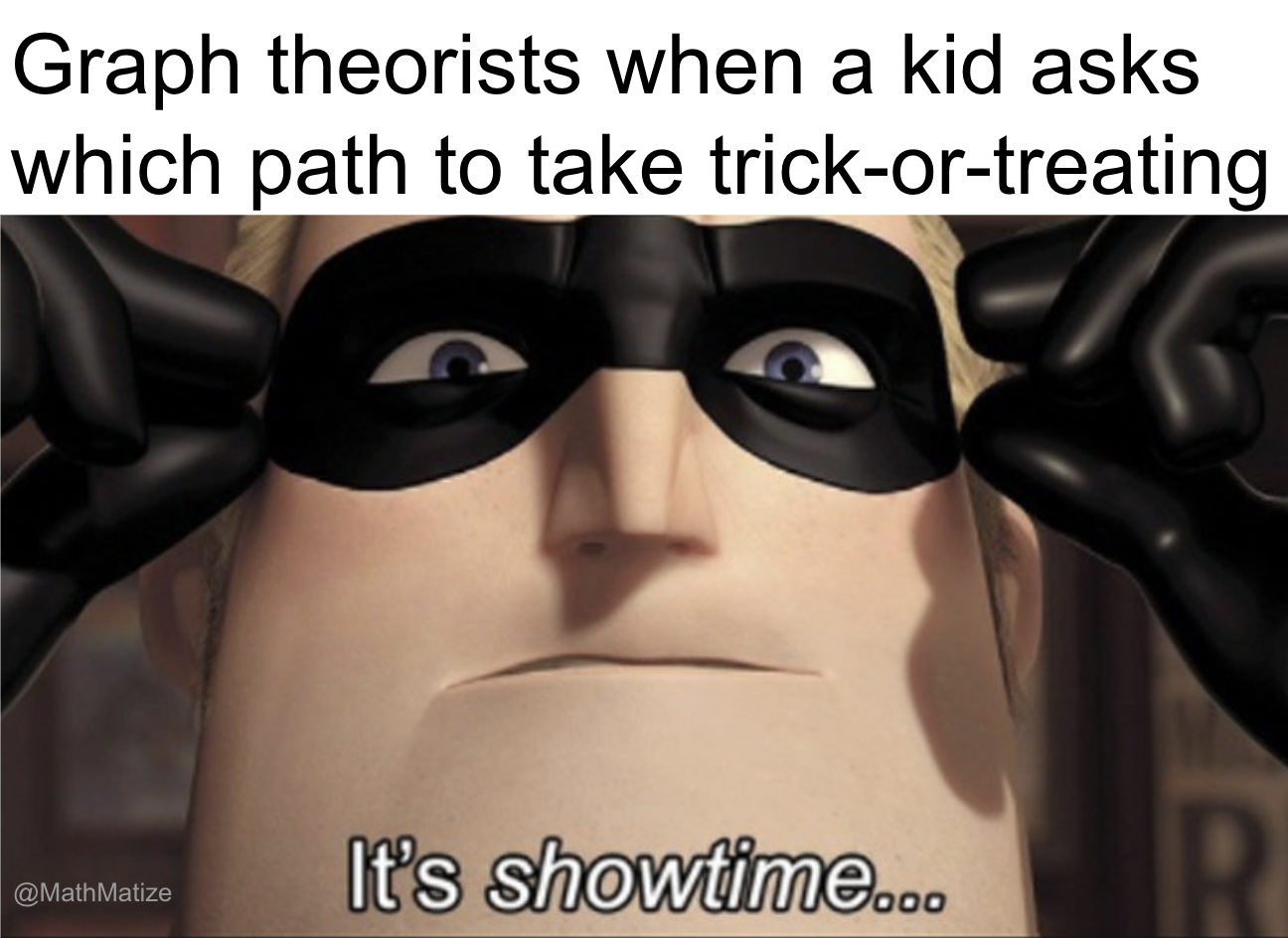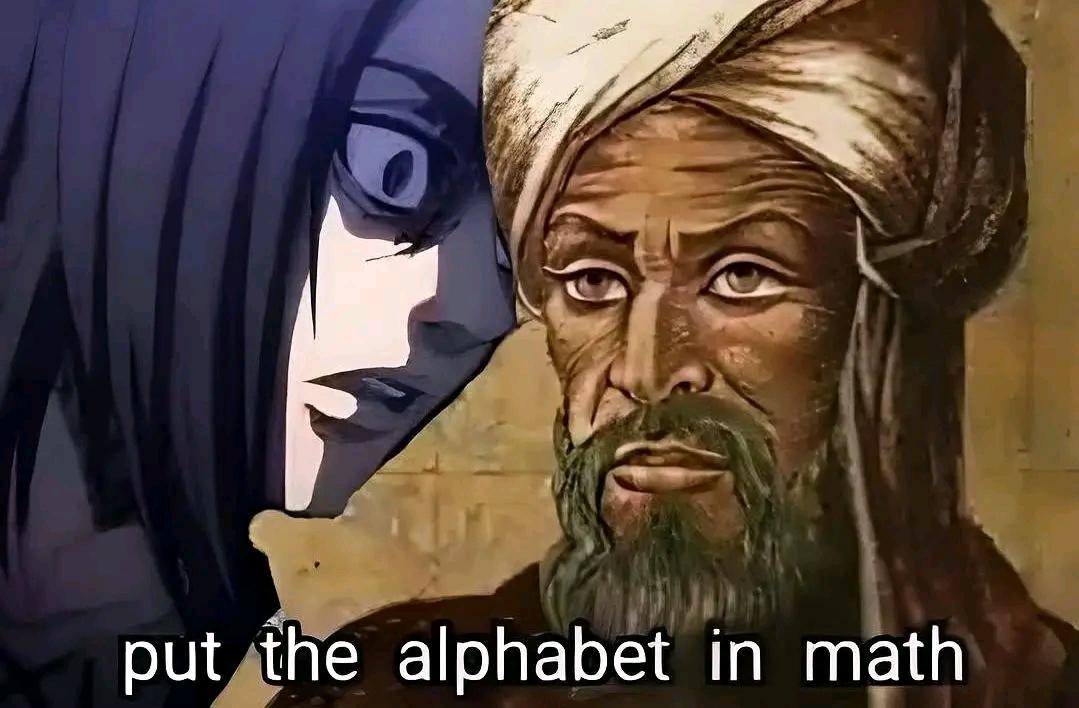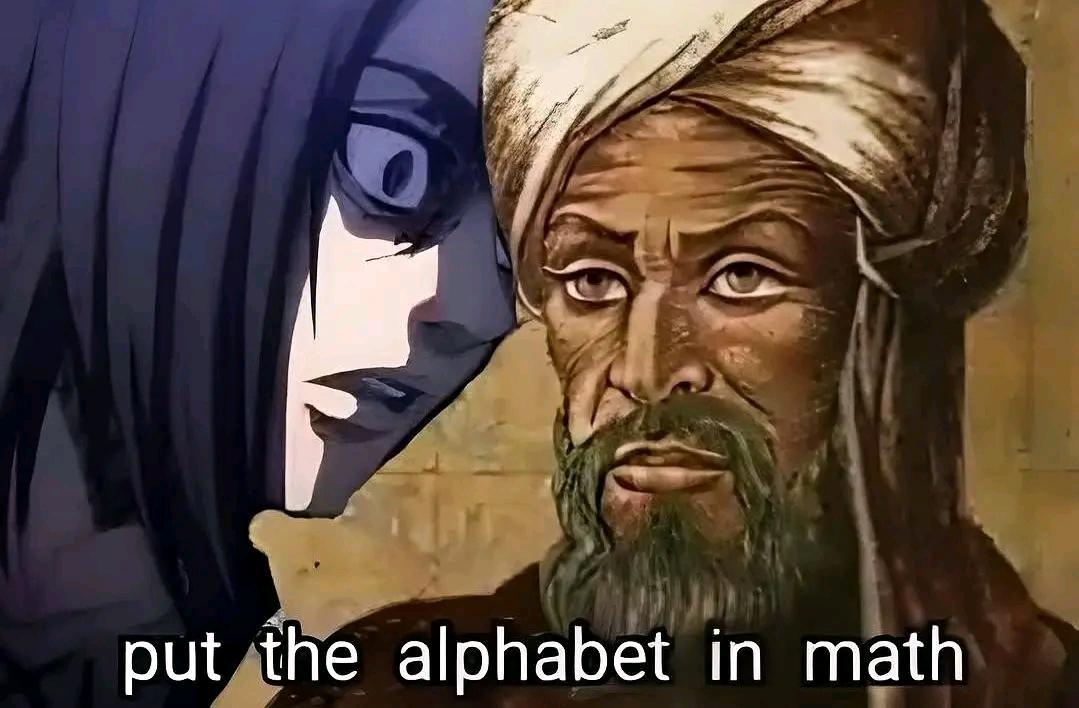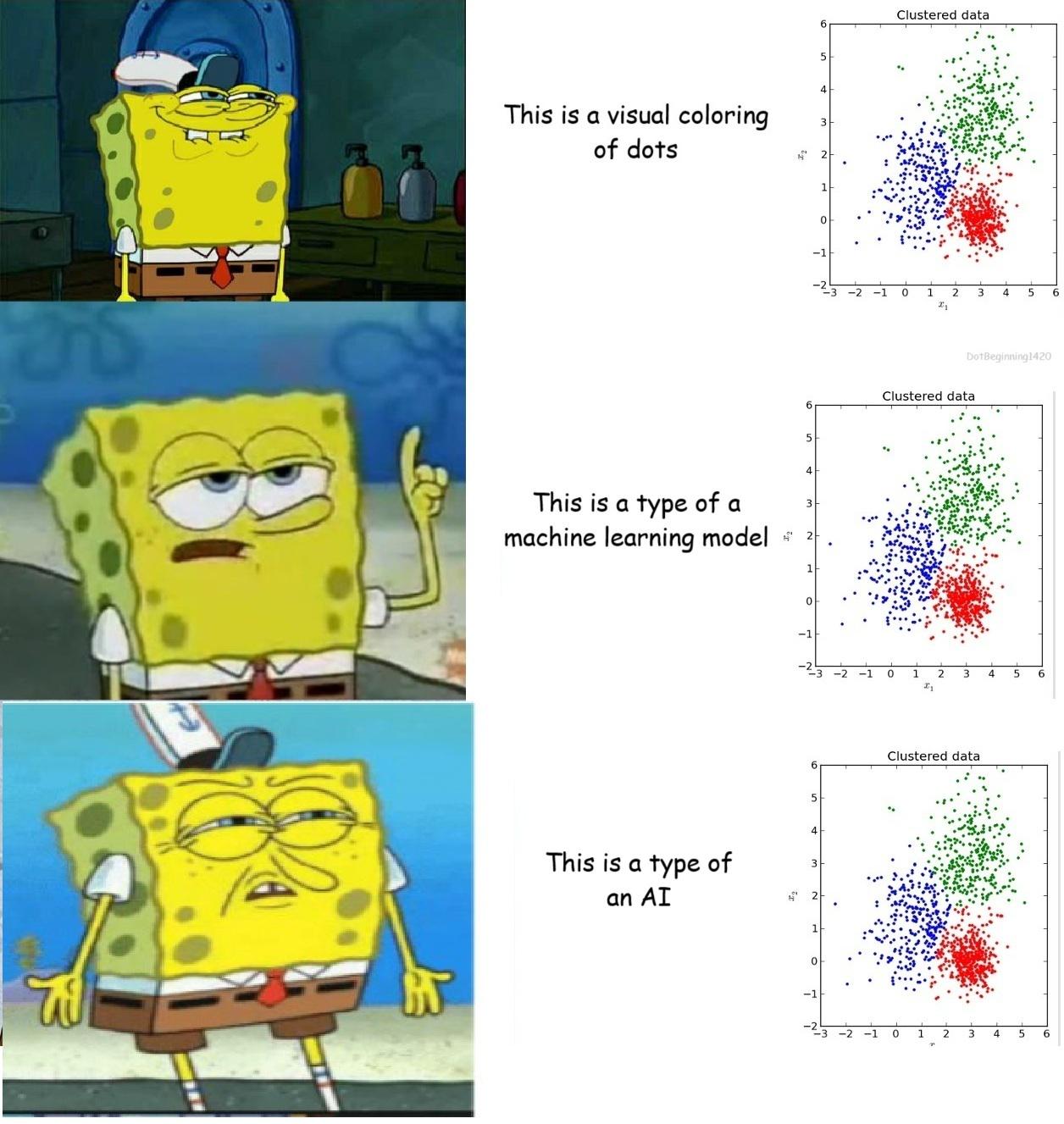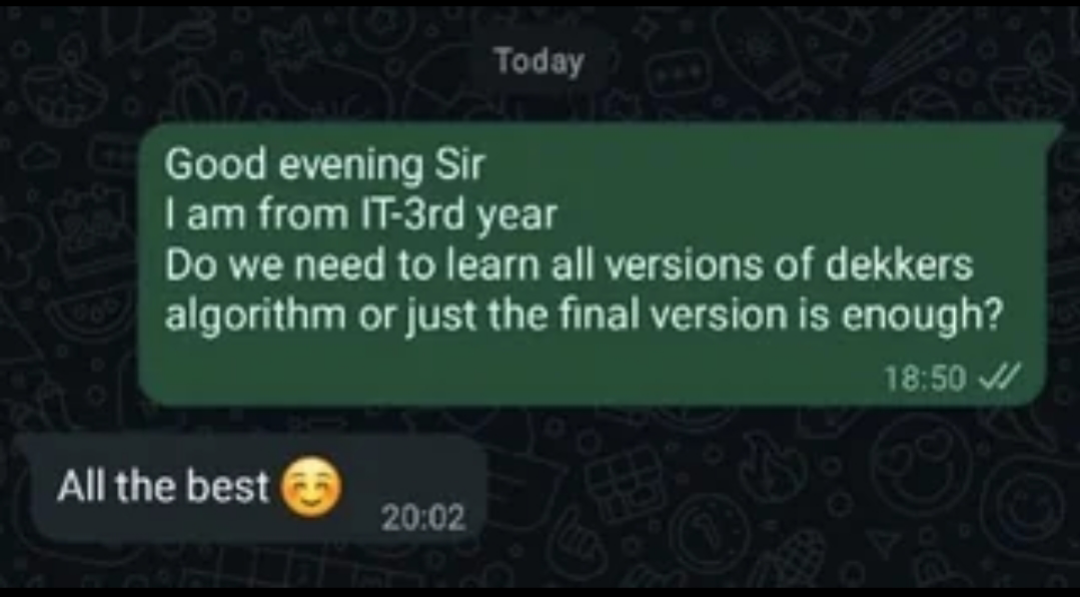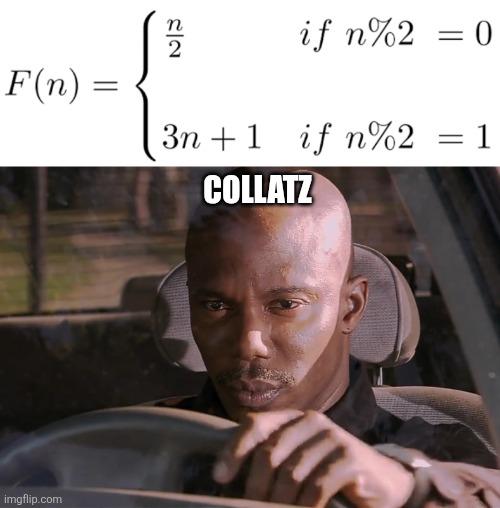This Star Trek parody perfectly captures the hilarious reality of modern AI systems! Commander Data (the android) is asked to identify a Romulan vessel, but immediately hallucinates wildly specific details about a "23rd century Klingon Bird of Prey." When questioned, he flip-flops completely, confidently declaring it's actually Romulan after all, before spiraling into recommending random products and bringing up completely unrelated political topics. It's the perfect metaphor for large language models - they sound super confident while spewing total nonsense! They'll generate detailed, authoritative-sounding responses regardless of accuracy, then contradict themselves entirely when challenged. The captain's facepalm at the end is every AI researcher watching their creation confidently make things up. 🤦♂️


 Academia
Academia
 Ai
Ai
 Astronomy
Astronomy
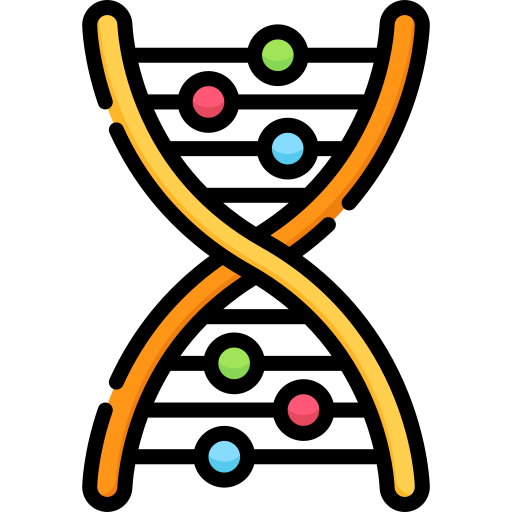 Biology
Biology
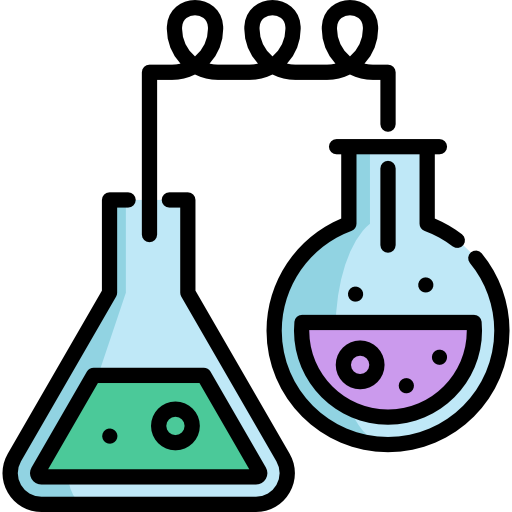 Chemistry
Chemistry
 Climate
Climate
 Conspiracy
Conspiracy
 Earth-science
Earth-science
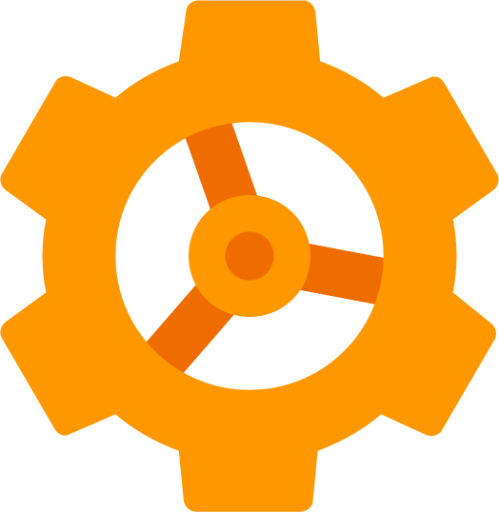 Engineering
Engineering
 Evolution
Evolution
 Geology
Geology
